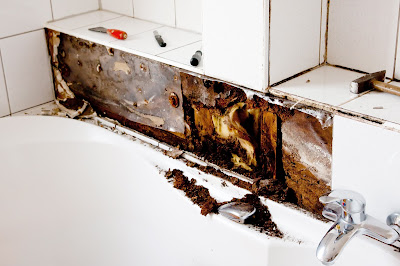By removing moisture in all the affected areas of your home after a flood or water damage, you minimize the risk of mildew and mold growth. Otherwise, you may be facing a mold problem within a few days.
When your home has been flooded, the best thing to do to avoid mold growth is to hire a professional. Here are some of the reasons:
• Mold Prevention – Mold will grow after only a day or so. Thus, it is crucial to act fast after a flood. Get out of your home and go back inside only when it’s safe to do so.
You can help water damage professionals by taking things that were not flooded out of your house. This will protect your dry things while your house is undergoing clean-up.
• Removing Flood Water – Remove as much flood water as you can using mops and buckets. Remove all the mud, dirt, and debris inside your home as well. If you have pumping equipment, use it. If you can’t do it on your own, just wait for the water removal pros to arrive.
• Drying Up Your Home Following a Flood – After a flood, the sooner you can dry your home, the better. This will help prevent or minimize mold growth. Use fans, dehumidifiers, or heaters to help speed up the drying process. But, you need to make sure that it’s safe to use these devices first. You can also open the windows for ventilation if the outside air isn’t humid.
• Removing Flooded Carpets – If your carpets got wet, you should get rid of them right away. A carpet’s back padding will not dry out easily, especially if it’s been saturated. It will only smell bad and encourage mold growth.
• Removing Flooded Drywalls – If your rooms are flooded, mold can grow on the walls or in the wall cavities. In this case, you will need to cut away the lower part of the drywall no less than 12” above the part that got wet.
If you notice mold growing on other drywalls, you also need to get rid of the affected portions. It is very difficult to get rid of mold from porous materials such as drywalls. Dispose of the moldy or wet drywall right away.
• Removing Other Flooded Materials – You should get rid of other flooded porous building materials like wall panelling. It is often alright to keep wood materials. Just make sure there is no mold growth and they are dried out. You should also get rid of all insulation that got wet. Like carpet backing, it takes a long time to dry.
Final Word
By allowing a professional to help in your water removal and dry out needs after a flood, you can be sure that your home will not only be safe to move back into after the job. There will also be no more traces of mold growth that can pose health hazards to you and your family.




